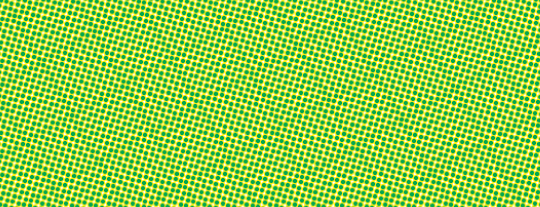
There are two basic forms of surface activity: first there is texture which is often described away something feels physically and the second is a pattern. Elements that are on the page might change in size or even the distance between the objects themselves might change giving different texture overall. Even the number of objects that are on the page might change from surface to surface increasing or decreasing the overall activity.
A pattern of the same quality repeated over and over again across the design surface is sometimes considered continual texture. This can be geometric by using geometric shapes and constantly repeated in a structural pattern offering visual repetition and interest. When using different forms of texture, don’t forget to consider the background, stocks of paper, and the canvas as an alternative solution.

The more texture you have making it busy or increasing movement of the object on the surface and changing the overall feeling of the design’s layout. By adding lots of texture onto a layout to communicate rebellion, excess, or abundance changes the overall message.

Marchal Mithouard painting
Other texture expiration to include folding, cutting, short sheeting, embossing, tearing using opaque inks, foil stamping and the like. Even printing on certain surfaces will produce different design results, for example printing metallic ink on an uncoated stock of paper would give it a light sheen versus printing on glossy paper which will cause it to shine much more intensely.

The Nike Air Force 1 Low White Metallic Silver Printing
The effect of using interesting printing techniques on different types of substrates, or paper, can create a new type of bond with the recipients of your design campaigns. But in reference to the textural quality sites like CG Textures.com and Texture Warehouse.com provide a vast array of useful tools to boost the visual value in your designs.
All growth depends upon activity. There is no development physically or intellectually without effort, and effort means work.
-Calvin Coolidge

